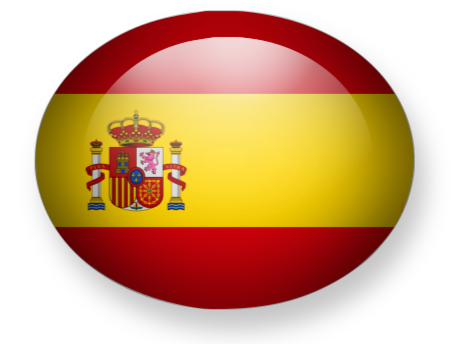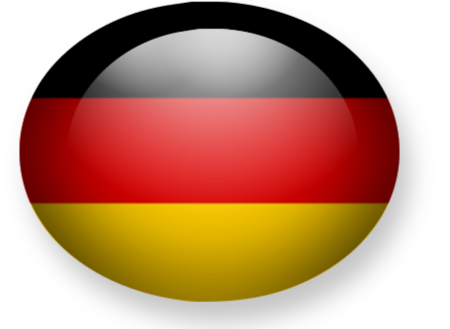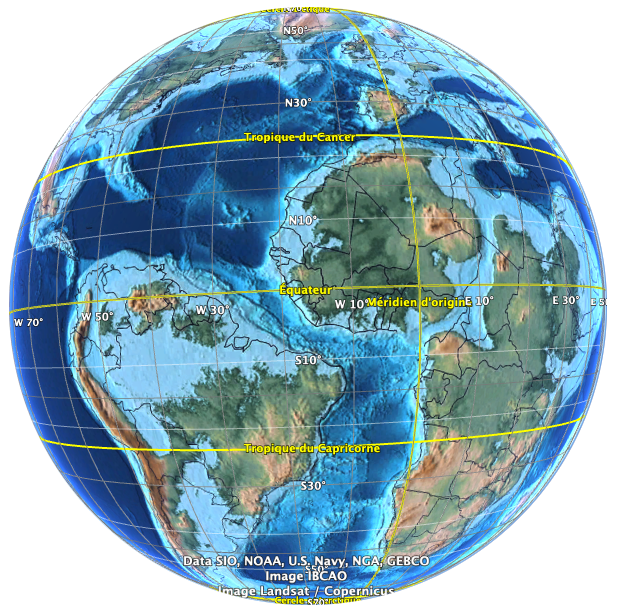Global Agency of Geosciences Experts
Global Agency of Geosciences Experts
Learn basic concepts of sedimentary Geology, depositional controls and reservoir Rock quality.
Profesionnals with a Scientific background.
Background in Geosciences, petroleum geology or basic Petroleum Engineer knowledge
5 Session






 Geoid Training available
Geoid Training available

Course Intro Sedimentology and Stratigraphy: why do they matter to the Oil Industry? Fluviatil systems and reservoir characteristics macro- and meso-scale heterogeneities impacts on recovery efficiency and well numbers.
stratigraphic and depositional envorinment control on: large-scale reservoir architecture internal reservoir property fluid flow in subsurface reservoirs
Deltaic and coastal depositional systems Reservoir characteristics macro- and meso-scale architecture internal reservoir property variation. Mass-flow mechanisms [e.g. turbidity currents) depositional systems slope channels basin-floor fans Reservoir characteristics of turbidite deposits. Salt and/or clay diapirism control on: sea-floor topography turbidite deposition. petrophysical characterisation of carbonate reservoirs complex biogenic origin, greater uncertainty in reservoir models and volumetric estimates.
Deltaic and coastal depositional systems Reservoir characteristics macro- and meso-scale architecture internal reservoir property variation. Mass-flow mechanisms [e.g. turbidity currents) depositional systems slope channels basin-floor fans Reservoir characteristics of turbidite deposits. Salt and/or clay diapirism control on: sea-floor topography turbidite deposition. petrophysical characterisation of carbonate reservoirs complex biogenic origin, greater uncertainty in reservoir models and volumetric estimates.
Sea-level change: spatial and temporal scales Sequence stratigraphy: base level variations control on how and where sediments accumulate in a basin. A sequence stratigraphic analysis of a sedimentary sequence processes that drive relative and eustatic sea-level changes. Use and abuse of the global sea level curve [‘Haq curve’].
High-stand’ and ‘Low-stand’ sea levels control on sandy reservoir rocks, shale-rich seals organic-rich source rocks. Low-stand sea-level=> deepwater turbidites High-stand sea-level=>carbonate
Course overview and summary Course test by participants Close-out







If you require a classroom training or a video training we’ll put you in contact with the best professor teaching in the language of your choice.
© 2022 All rights reserved